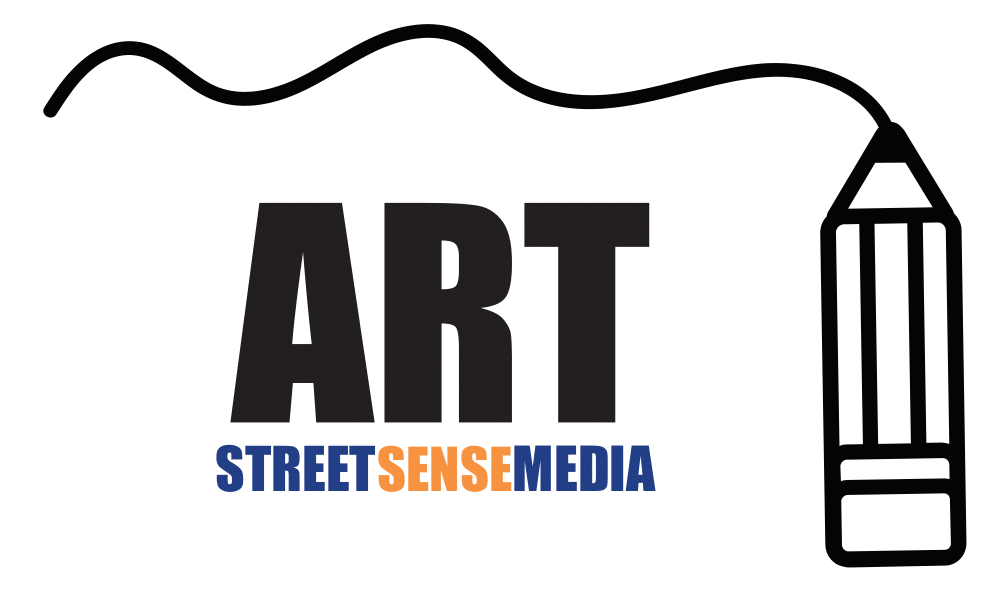Outside the window of the city Office of Work Opportunity on Martin Luther King Jr. Ave SE there is a tree with orange leaves and a bird fluttering. And beyond, the Anacostia River is glinting in the gray autumn morning.
Vocational Development Specialist Teri Winston, wearing a neat suit, is stationed at her desk. Seated in front of her is Candice Banks, mother of three, dressed in a simple sweater, black trousers and flat shoes. Banks has received welfare, officially known as Temporary Assistance for Needy Families (TANF) for the past three years. Some of the city’s 17,700 welfare beneficiaries have been getting welfare checks for much longer.
But time is running out for them all. A year ago, the District of Columbia implemented a 60-month lifetime limit on welfare benefits. It was a measure that many jurisdictions put in place years ago, after President Bill Clinton signed the Personal Responsibility and Work Opportunity Reconciliation Act back in 1996. But in the District, the step came as a shock. More than 6,000 families who had been on the roles for more than five years saw their monthly stipends cut. The average monthly payment for a family of four went from $523 to $418.
After the 2011 reductions, the city auditor conducted a telephone survey with 70 of the parents in families who saw cuts in their checks. A majority reported that after the TANF reductions they experienced difficulty finding the money to launder their childrens’ clothes or buy items such as shoes or gloves that they needed for school. More than half reported increased levels of stress and anxiety. More than half said they had fallen behind on paying bills and had utility services interrupted. Six said that since the 2011 benefit reductions, they had become homeless.
Another round of cuts was scheduled for Oct. 1 of this year. But at the last moment, the city council passed emergency legislation to spend the $3.8 million needed to forestall the next round of reductions for six months, The decision bought a little time to allow a redesigned TANF program to work.
It gave vocational development specialists such as Winston a chance to try to interview the city’s welfare recipients and figure out their needs.
A new approach to working with TANF recipients is an important part of the redesigned program, says Office of Work Opportunity program manager Denise Crews.
“It is an entire paradigm shift in how we assist people who need our help,” says Crews. People may have dreaded coming for welfare interviews in the past. She wants them to look forward to them now. To feel supported and excited. And to leave thinking: “I’m really glad I came. I know they really are trying to help me. “
A tool called an Online Work Readiness Assessment is an important part of the new intake process. The assessment is geared toward determining what lies at the heart of each family’s poverty . Some parents have physical or learning disabilities. Some have addictions or mental illnesses that need to be addressed. Some need to learn how to apply for a job. Others need some type of new skill.
“Why do you think you are not working right now?” Winston asks Banks.
The two women talk about the $2.38 an hour waitressing job Banks left in hopes of something better. The job at Happy Faces day care she kept for four years. She enjoyed the work and at the end, she was paid $13 an hour.
“My oldest child has ADHD. I thought I needed to spend more time with him instead of taking calls and leaving work early.”
They talk about Banks’ life, her struggles, her work experiences. The wide-ranging interview takes more than an hour. As Banks answers the questions, Winston enters her responses on the computer.
“Have you had any issues in your past? Any criminal issues?”
“No.”
“Have you worked with a cash register? “
“Yes”
“Assisted a handicapped or elderly person?”
“Yes”
“Have you worked in cosmetology?”
“I do my own hair”
“I know you like to work with children.”
“I like children. I like doing hair and fashion I like the medical field. The billing aspect.”
“In the past 30 days have you been depressed?”
“No”
“Nervous and anxious?”
“No”
Tired and exhausted?”
“Most of the time.”
Banks oldest child, her son Devin, 9, is in a different school now, and apparently thriving. The other two, son Cameron, 5, and daughter Kiara,2, both have asthma but are otherwise alright. The four of them share a subsidized apartment near Catholic University . Child support helps pay for the kids’ needs. So does a disability check for Devin and the $428 monthly cash assistance check. Still, it’s not easy to make ends meet. Banks is attending classes part time, preparing for a job in medical billing and coding. She sounds hopeful about the future. Someday, she dreams of studying business administration.
“Longterm, I hope to have a stable career,” Banks tells Winston.
Winston helps Banks fill out a form she needs for her childrens’ afterschool program and urges her to stay in touch. She apologizes for not having a business card yet, but presses several bus tokens into Banks’ hand and thanks her for coming in.
“Feel free to contact me,” says Winston. “ We’re trying to do better.”







